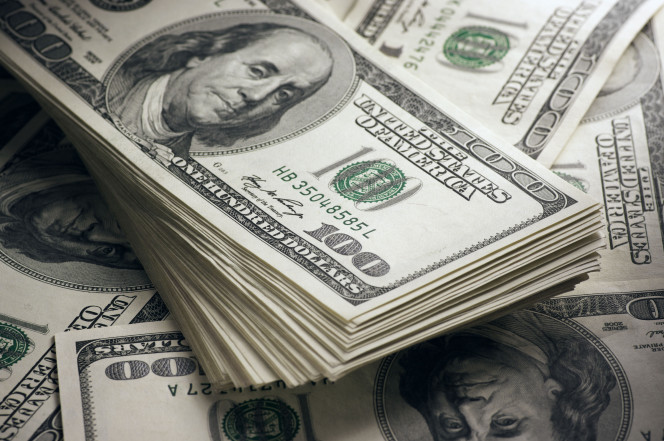The United States of America dollar, on Monday, February 19, saw a small rebound as investors bought back the greenback following its plunge to three-year lows.
The dollar index was up 0.1 percent at 89.215, off a low of 88.253 hit last week, which was the weakest level for the U.S. currency since December 2014.
The U.S. currency has been hurt by a variety of factors this year, including concerns that Washington might pursue a weak dollar strategy and the perceived erosion of its yield advantage as other countries start to scale back easy monetary policy.
Confidence in the dollar has also been shaken by mounting worries over the U.S. budget deficit, which is projected to balloon to $1 trillion in 2019 amid a government spending splurge and large corporate tax cuts.
The return of risk appetite last week after a big stock market fall in early February had also been detrimental to the dollar, but on Monday the U.S. currency found its feet as some investors bought the dollar after the recent falls.
Against the euro, the dollar rose 0.2 percent at $1.2399 with traders pointing to crucial business surveys later this week that could give the single currency some more direction.
Versus the yen the dollar gained 0.3 percent to 106.58 yen but remained down 2.3 percent this month.
“The fact that the dollar sell-off ran out of steam on Friday afternoon does not lead me to hope that it is over,” Commerzbank analysts said in a note.
“The dollar bears did so well recently that there was time for profit-taking ahead of the weekend. That does not mean that they might not be selling dollar again today with renewed enthusiasm,” the analysts said, pointing out that a lack of key data on Monday and a U.S. holiday could keep trading quiet.
The U.S. currency’s outlook remains uncertain in the longer-term, strategists said, particularly as other parts of the world where central banks are tightening policy and economies are strong are looking more attractive for investors.
“Inflation worries and concerns about the U.S. fiscal and trade deficits will keep the dollar on the defensive,” said Masashi Murata, senior strategist at Brown Brothers Harriman in Tokyo.
“In addition to major currencies like the yen and pound, a significant portion of the selling pressure on the dollar is expected to come from emerging currencies, which either enjoy high yields or are supported by current account surpluses.”
With the dollar higher, the pound fell 0.1 percent to $1.4011.














